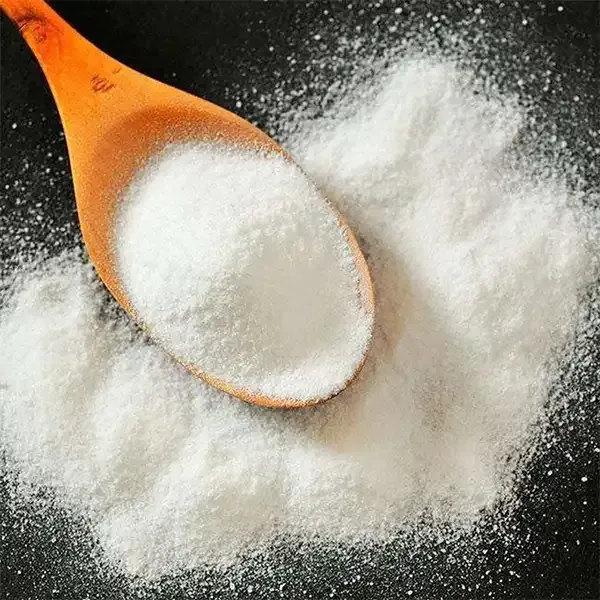The Role of Additives in Cement Production
Cement, a crucial ingredient in construction, undergoes various enhancements through the incorporation of additives. These additives, often referred to as admixtures, significantly improve the properties of cement and the overall quality of concrete, leading to more durable, sustainable, and efficient construction practices. This article delves into the different types of additives, their functions, and their impacts on cement.
Types of Additives
Additives can be classified into two main categories chemical and mineral admixtures.
1. Chemical Additives These are synthetic materials added to adjust the properties of cement and concrete. Common chemical additives include - Plasticizers Also known as water-reducing agents, they enhance workability without increasing water content, allowing for a lower water-cement ratio without compromising fluidity. - Superplasticizers An advanced form of plasticizers, these allow for even larger reductions in water content and improve the fluidity of mixtures, essential for complex pours and intricate forms. - Accelerators These additives speed up the curing process of cement, making it particularly useful in cold-weather applications or projects that require quick setting times. - Retarders In contrast, retarders slow the setting time, providing more time to work with the concrete, which is beneficial in hot weather or when transporting concrete over long distances.
2. Mineral Additives These are naturally occurring materials that improve the performance of cement. Examples include - Fly Ash A byproduct of coal combustion, fly ash enhances the workability and durability of concrete and reduces the amount of cement needed, promoting sustainability. - Silica Fume This fine material is a byproduct from the production of silicon metal and ferrosilicon alloys. It significantly improves the strength and durability of concrete by filling the micro voids and reducing permeability. - Slag Ground granulated blast-furnace slag (GGBS) is a byproduct from steel production. It not only enhances concrete's strength but also inhibits the alkali-silica reaction, increasing durability.
additive for cement

Impact on Cement Performance
The incorporation of these additives into cement has profound implications for both performance and environmental sustainability. By optimizing the mixture, additives can lead to concrete that sets faster, cures stronger, and lasts longer. This longevity is crucial for infrastructure, as it reduces the need for repairs and replacements, ultimately conserving resources and reducing the environmental footprint.
Moreover, using byproducts such as fly ash and slag contributes to a circular economy, reducing the demand for virgin materials and decreasing carbon emissions associated with cement production. As the construction industry increasingly focuses on sustainability, the role of additives becomes ever more critical in developing greener alternative materials without sacrificing performance standards.
Conclusion
In summary, additives play a vital role in modern cement production by enhancing the performance and sustainability of concrete. As the industry evolves, the innovative use of chemical and mineral additives will continue to shape the future of construction, ensuring that structures are not only built to last but also contribute positively to the environment. Understanding the functionalities and benefits of these additives is essential for engineers and builders aiming for excellence in their projects.




